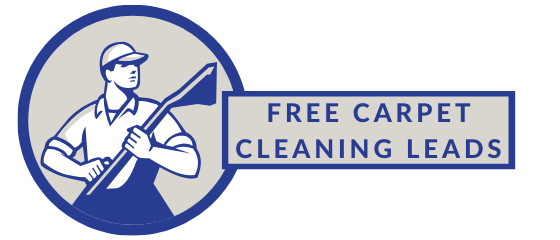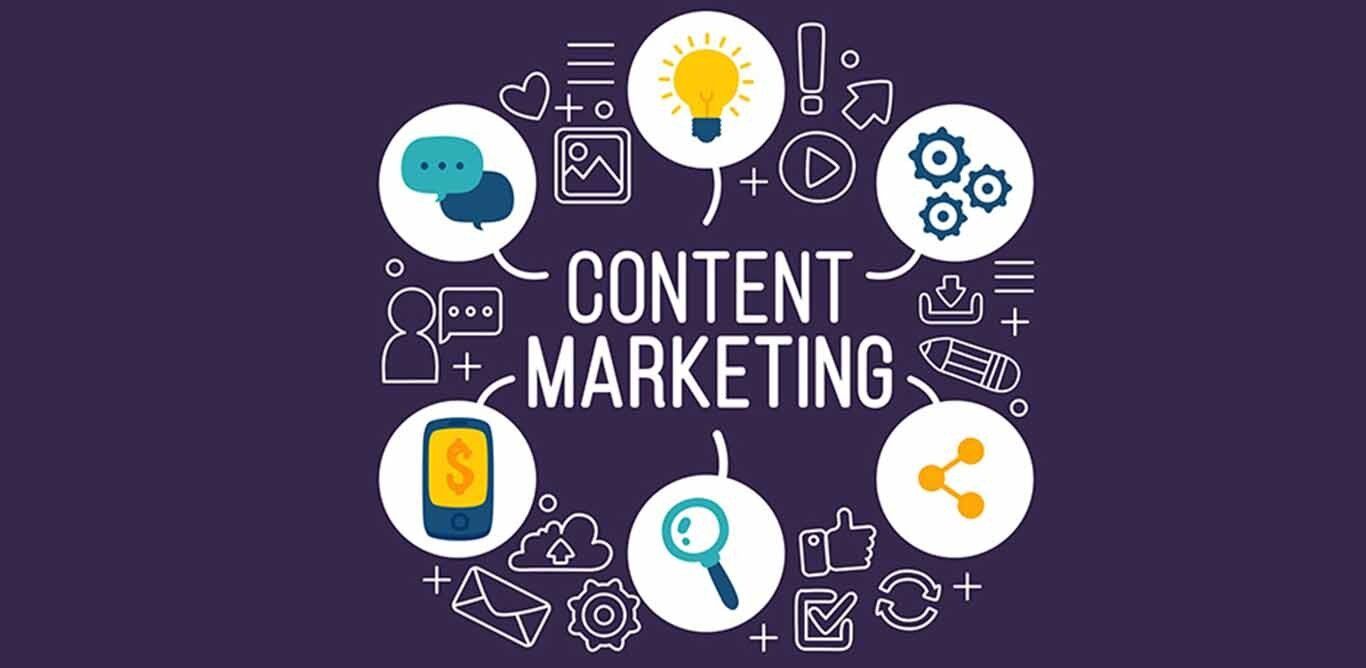
Does Your Content Generate Leads?
Does Your Content Generate Leads?

No matter who you are or what you sell, your company will always require lead generating. Aside from raising brand recognition, lead generation initiatives assist you nurture prospects and offer quality contacts to your sales staff - and, ultimately, it's one of the most critical methods for continuously exceeding revenue targets.
However, time is money, and if you're investing time in developing content, it better be producing the required outcomes. So frequently, we go on a plan believing we know exactly what we're doing, only to discover that the approaches we're employing aren't truly effective in achieving the desired objectives. That is why it is critical to employ the correct content to create leads and to provide prospects at all phases of the buyer's journey with material that answers their questions and moves them closer to a sale.
We'll go over three categories of content that are expressly designed to assist you boost your lead generation efforts, as well as the tools you'll need to get the most out of them.
3 Types of Lead Generation Content
Not all content serves the same goal. While each piece of content has the potential to attract more leads, certain forms serve that objective better than others. Here are three forms of content that work wonders for lead generation and should absolutely be integrated into your lead strategy.
- Gated Content
Any content that needs the exchange of information before it can be viewed is referred to as gated content. For lead generation purposes, this is often a name, an email address, and occasionally a phone number, as well as an opt-in to receive email marketing.
The goal of gated content — which might include whitepapers, ebooks, infographics, guides, checklists, tutorials, webinars, or anything else that requires information to access — is to trade valuable information in return for a contact. The subjects you discuss in your gated content should be precisely tailored to high-quality leads and should deliver greater value than the stuff you distribute for free on other channels. It's a win-win situation for both the company and the consumer, with tangible benefits for engagement and sales.
- Landing Pages
A landing page is a single page with a specific goal in mind. It's separate from your homepage and other primary pages, and it might not even be on the same domain — but it's properly branded to represent your identity and purpose.
Landing pages serve as the entrance to your gated content. They also serve as entry points for additional lead generation activities like as contests and special offers. It's also critical to provide a form where visitors may enter their information before proceeding to the material or promotion they came for.
Using best practices for landing pages guarantees that you are optimizing their potential and generating as many leads as possible. Make certain that there is anything on the other side of the form that is worth a prospect giving their contact information with you, and that it cannot be obtained in any other manner. Don't forget to add an opt-in box for your email marketing, since you don't want to turn off leads by contacting them without their explicit consent first.
- Pop-Ups
Making it as simple as possible for potential consumers to contact you is the goal of lead generation. Pop-ups are useful in this situation. Pop-ups catch attention at the proper time and ask for contact information when deployed at important touchpoints on your site. It may be a prompt to join up for your e-newsletter, a demo request, or a link to a landing page. Whatever your aim is with your pop-up, the end result is always the same: get eyes on the prize at the perfect time and convert a casual visitor into a lead.
If you are in need of help to generate organic leads for your carpet cleaning leads, give Free Carpet Cleaning Leads a call today and let us help get your business booming!
Join the Newsletter
We will get back to you as soon as possible
Please try again later